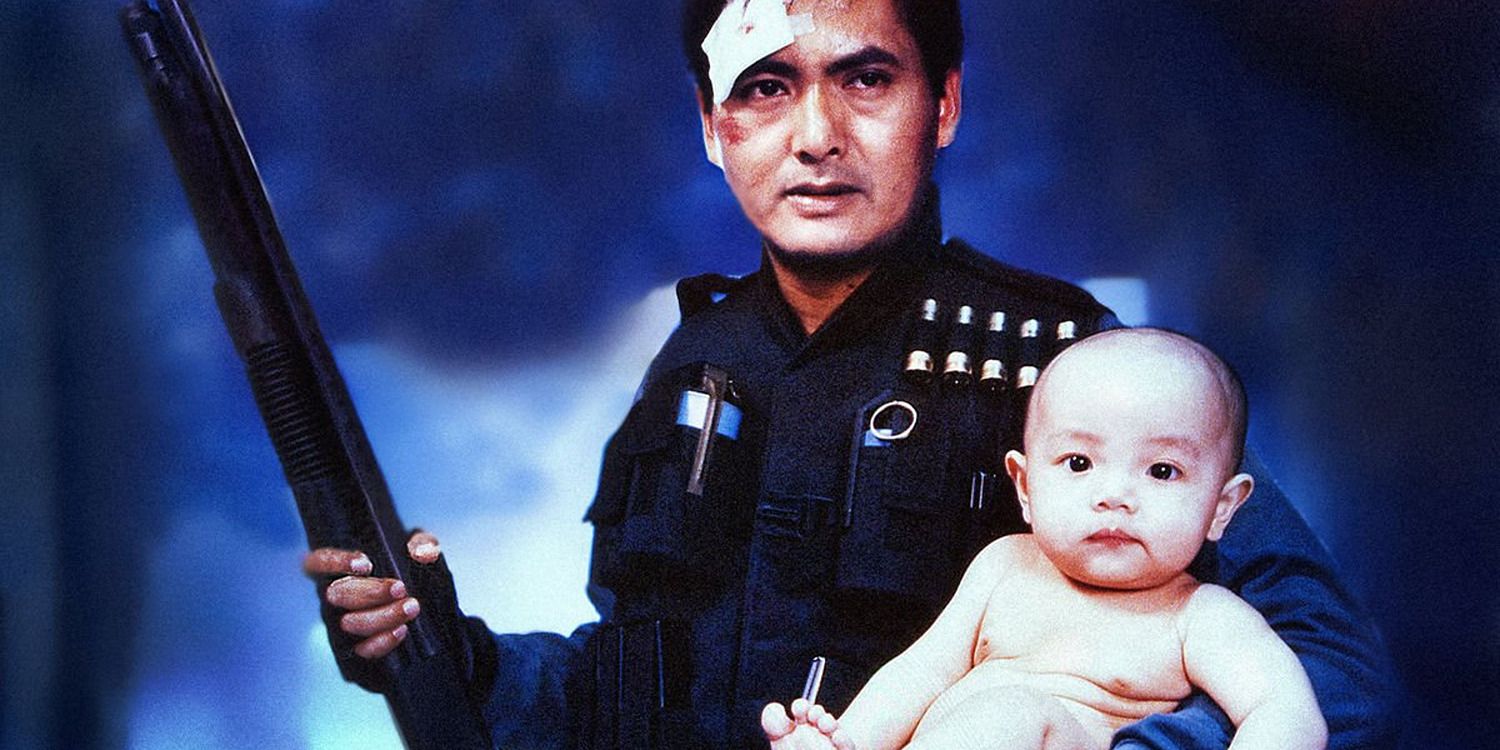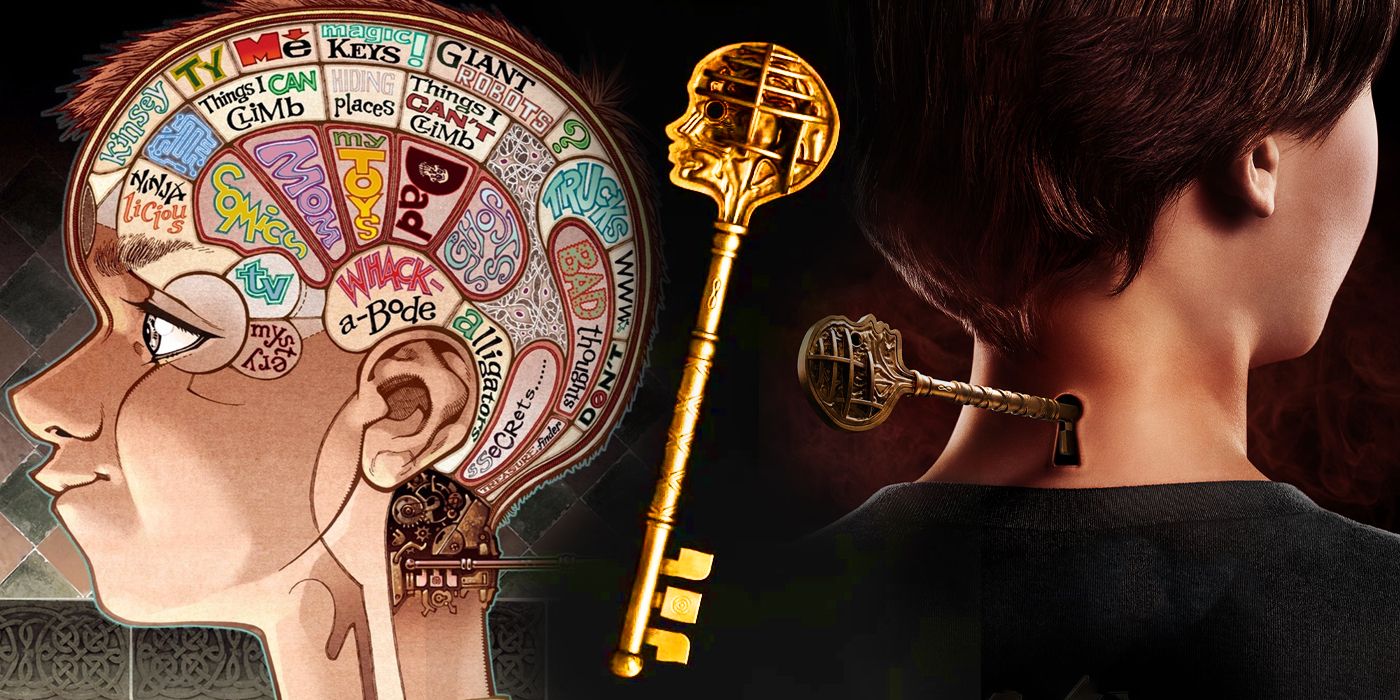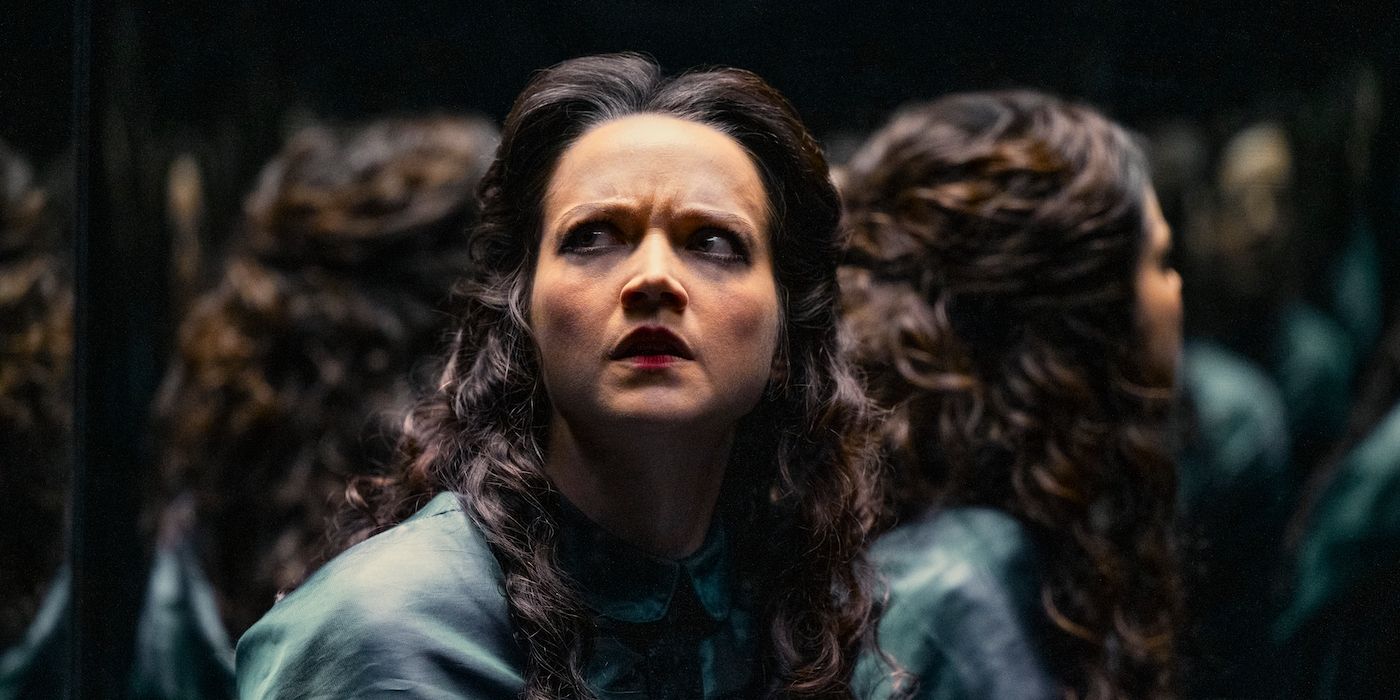The final season of Netflix’s adaptation of Locke & Key premiered on August 10, 2022. At the show’s end, the Locke’s had overcome the threats of the demons Dodge (Laysla De Oliveira) and Frederick Gideon (Kevin Durand) through the use of the families magic keys and reached a positive conclusion. While showrunners Carlton Cuse and Meredith Averill stayed fairly true to the source material, there were some key differences that took place in their adaptation, especially in the show’s third season. While none of these changes occurred without the creators’ approval, the show diverged from the comic series in terms of its overall story, the titular keys and the Locke family through various creative liberties. This is nothing new in the industry, but it seems only fair to take a look back at major differences in how the Netflix telling compares to the original series.
Shift in Tone and Development
The Netflix program is based on the best-selling series of the same name written by Joe Hill and illustrated by Gabriel Rodriguez. Its introductory volume, Welcome to Lovecraft, was released by IDW Publishing on February 20, 2008, and concluded in 2013 with its final Alpha & Omega books. Similar to the television series, the story follows the Lockes, who move into their family estate, Keyhouse, in Lovecraft, Massachussetts while adjusting to life after their father, Rendell Locke, is murdered during a home invasion. Shortly after arriving, the children find magical keys and encounter Dodge, a sinister demon who attempts to take the keys for their own purpose.
Comparatively, the graphic novels have a more mature, darker tone. This is most notable in Nina Locke. Due to her coping with the tragic loss of her husband and surviving the brutal attack on her family by secondary antagonists, Sam Lesser and Al Grubb, she’s neglectful and emotionally abusive to her kids and lives with alcoholism throughout most of the series. Her knowledge of magic is very limited and foggy as a result of the Riffle Rule, (which causes adults who enter Keyhouse to forget magic exists.). However, she manages to save Tyler from a fatal injury with what she could remember of the Mending Key’s magic and was able to see past Dodge’s ruse as Bode through her intuition as the boy’s mother. Although the television series remains mostly true to the character, Netflix’s Nina (Darby Stanchfield) shows her maintaining sobriety more often, having a strong sense of compassion for others despite her past and forming a shaky friendship with Ellie as the show goes on. This character redemption is furthered by her becoming fully aware of magic and the keys as well as when she strikes the killing blow on Gideon in the series’ final battle.
The rest of the immediate Locke family’s translation to television was mostly faithful to the source aside from some minor changes and Kinsey’s use of the Head Key. In the original telling, she removes her fear and tears in order to brave the continuous attacks from Sam and Dodge upon her family as well as to avoid grieving for her father. While Netflix’s interpretation is simplified to the removal of only her fear, the decision results in the visual of a twisted form of Kinsey that wreaks havoc on Matheson, which is more intense than the comics’ tiny depictions trapped in a bottle.
The Lockes’ Keys to the Kingdom
Ultimately, there are an unknown total amount of keys and 46 known keys in the comics’ universe. Since coherently translating so many to television format can pose a challenge and some of their magical abilities can be frivolous, it’s understandable that Cuse and Averill narrowed the number of keys to 24 through some discretion and by merging similar keys together, which is how we got the Identity Key from the Skin and Gender Key. Of course, with an adaptation often comes originality, so they also treated fans to new keys like the Mirror and Matchstick Keys, which trap the user’s enemies in a prison dimension and sets whatever it touches on fire respectively.
When it came to the keys that remained from the comics, the show made good use of them. Seeing Dodge use the Shadow Crown to extend its threatening presence and create monsters in person was thrilling. Some were even portrayed better such as the Chain Key – which is a semi-sentient, lock-and-key combination that spews chains at intruders that was replaced with a handheld weapon that binds whomever the user aims it at with retractable chains. – and the Head Key, which maintains its abstract nature in the show, but was presented as a doorway into a person’s mind in lieu of the original “open-cranium” illustrated format. It’s unlikely to ever come to pass, but the success of these on-screen decisions teases fans’ imagination over what fun it’d be to see one of the zanier keys’ magic, like the Squirrel Key (which gives its user command over, you guessed it- squirrels!) used in a live-action format.
Dodge was a Bigger Baddie in the Comic
The main protagonist, Dodge, can be best understood as an interdimensional demon. Its obsession with our world and desire to dominate it through the keys’ magic remained generally the same, but one of the show’s biggest omission from the character is its deeper, Lovecraft-ian background and where it’s from. Originally, Dodge is one of the Children of Leng and while they are demons, they’re rather parasitic in nature- a trait that the show only briefly touched upon in its second season. At the base form, they’re shapeless, liquid-metallic creatures with various yellow eyes who require vessels to survive once they cross into our realm, otherwise perishing into Whispering Iron. They possess their hosts by latching onto their soul and rewiring them to think all their actions are good despite how evil they may be.
Dodge is an exceptionally more violent and sinister villain in the comics. Throughout the story, it transitions fluidly between the forms of the Well Lady, Lucas Carvaggio and Zack Wells depending on its needs. It’s also generally open and apt to murder and manipulation either for sport or to get what it wants, as is the case when Dodge kills Ellie after taking advantage of her. When it came to the Lockes, Dodge infiltrated the family by becoming close to Tyler and dating Kinsey as Zack in order to get closer access to the keys. This is similar to what happens when Dodge becomes ‘Gabe’ in the show, which was an entertaining twist the writers made to keep fans of the comics on their toes. Dodge would later go on to possess Bode until his defeat in the final battle with the Lockes.
Although Dodge’s ambition in wielding the keys remains the same in the show, it’ll avoid killing whenever possible. This is exemplified when Dodge switches identities with Ellie, using her to make the Lockes think they returned the demon to the dimension behind the Black Door. Rather than causing her death, Ellie is trapped there until she’s freed and ultimately resumes her life at the end of the series. The vicious clash leading to Dodge’s demise is told equally well in the show as in the comics- Netflix’s Tyler stabs Dodge from behind with the Alpha Key before being crushed by the debris from their battle at the cliff side residence. In the comics, the fight takes place mostly in the Drowning Caves and ends with Rufus exorcizing Dodge from Bode by bringing him to the well house, resulting in the youngest Locke’s simultaneous death. Tyler later returns to the well house to summon Dodge’s echo and finally free Lucas from the demon’s hold with the Alpha Key.
Unique From the Comic
The strongest points where the Netflix show differed were in the introduction of Frederick Gideon and the majority of the third season. Although the comics trace the Lockes and their keys back to the Colonial Era, Gideon and his soldiers are specific to the show and the modern-day family never battled anyone from that time period. As such, the main story ends at the second season after Dodge is defeated. While the final season has its merits and references items and events from the original source like Dodge’s possession of Bode and the Timeshift Key, its divergence is fairly obvious and a little weak. Moments like Dodge from the past teaming with the Lockes to defeat Gideon fall short and don’t fit the rest of the narrative and the family deciding to throw the magic keys away instead of protecting them during the show’s final episode almost negates everything that was told up to that point.
In all, Netflix’s adaptation of Locke & Key stayed true to the spirit of the original. While the third season may be the exception, Seasons 1 and 2 successfully translated the Lockes’ story to television. Naturally, changes will occur in the process and this series is no different. With how the final season ended, the present Lockes’ story ends here, but fans of the graphic novels know there’s still more to tell from generations passed. However, since no one has a Timeshift Key, we’ll have to wait and see if that part of their family history ever becomes televised.











































































